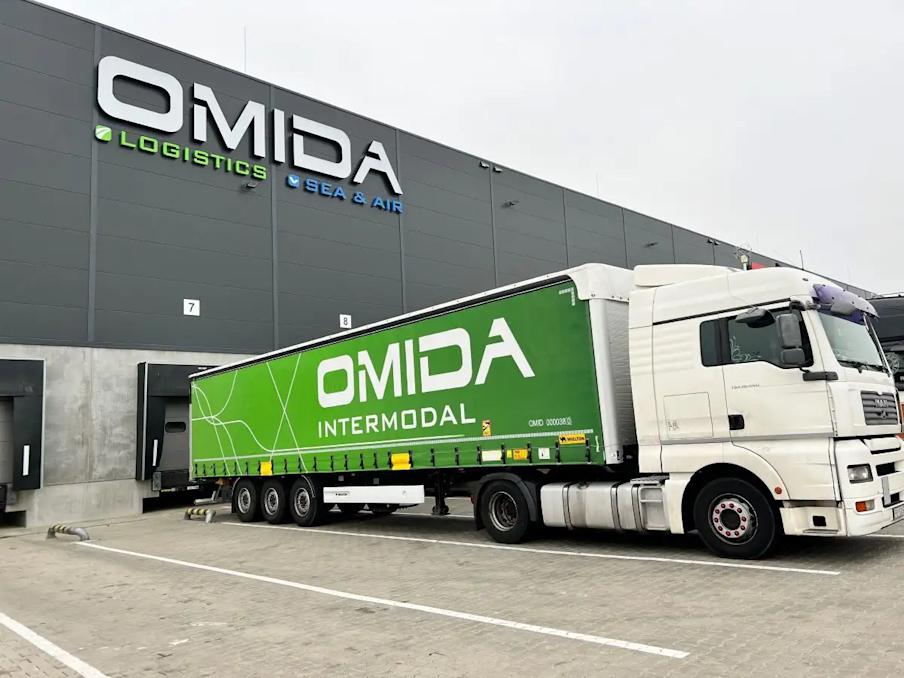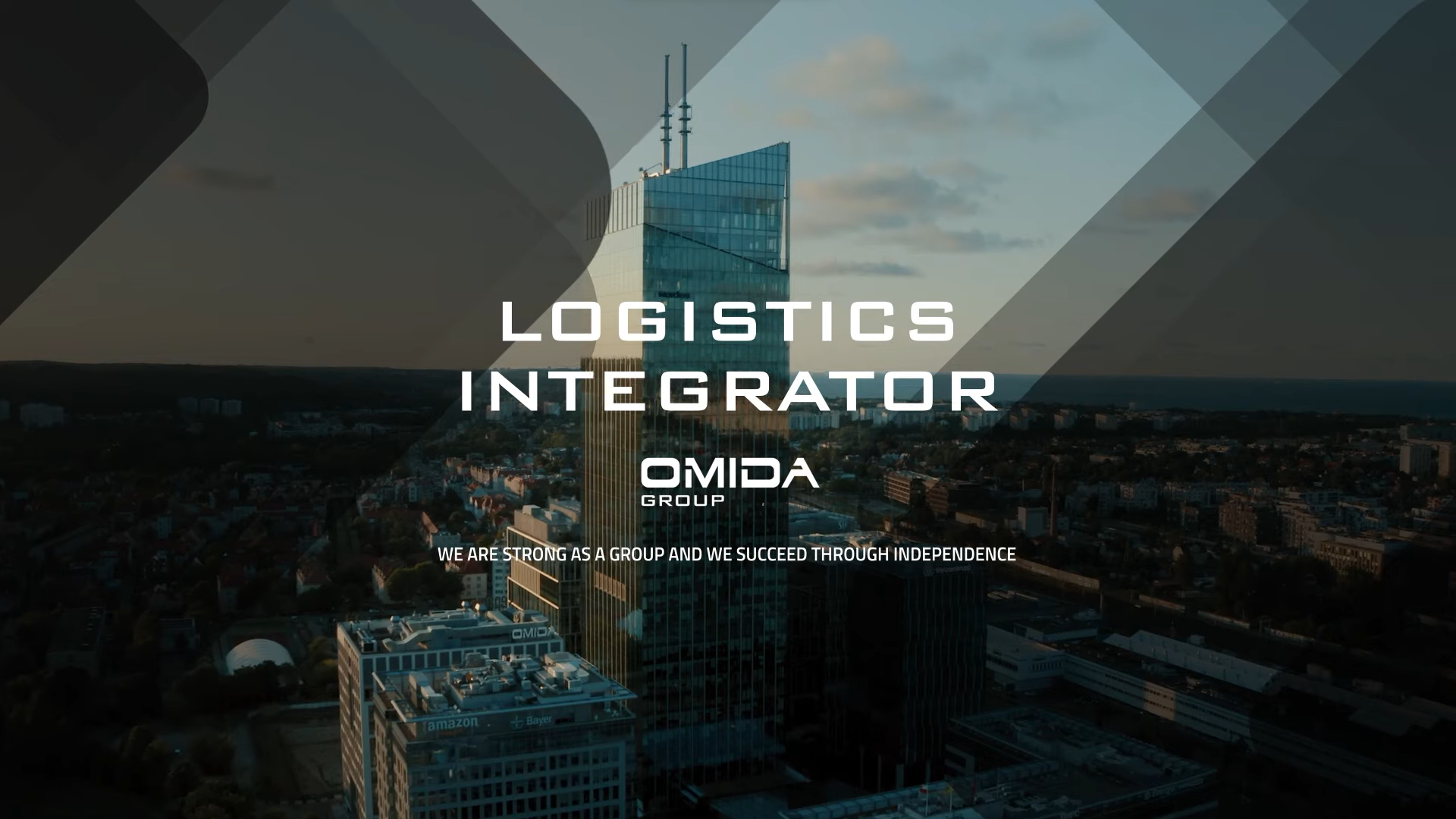Warehouses play a key role in the supply chain, allowing companies to effectively manage inventory and ensure continuity of supply. In the article, we will present, among other things, information on the specifications and classes of warehouses, storage and picking operations, as well as the elements of a warehouse, which will be presented through a cross-section in one of the illustrations.
What is a warehouse in logistics?
In the logistics industry, a warehouse is a modern space with advanced storage and handling equipment along with specialized personnel and management tools that enable efficient organization between both the flows of delivered goods (coming from suppliers or production units) and the flows of distributed goods (directed to the production process, points of sale or other customers). These imbalances in supply and distribution flows are often due to a lack of synchronization, which underscores the necessity of developing optimal warehouse management procedures when we talk about the organization aspect of domestic transport or international transport. A key factor in the proper functioning of any warehouse is the smooth organization of the receipt of goods into the warehouse.
The main functions of a warehouse in a logistics system
The main logistical task of any warehouse is to guarantee certain quality standards for the products stored in it, as well as to properly mark the assortment stored in it. Modern contract logistics focuses primarily on warehousing efficiency, which leads to significant investments in automation, robotics and advanced IT systems that help, for example, in the picking process. As a result, warehouses are becoming increasingly technologically advanced and integrated with other elements of the supply chain. Below is a description of the various roles of the warehouse in logistics:
1. Storage: This is the primary function of a warehouse. Products can be stored for short or long periods of time depending on the need and characteristics of the product. The storage of products is determined by their weight, size and product class.
2. Preservation: The warehouse also stores goods that require special conditions, such as low temperature (in the case of frozen products) or adequate security to protect valuable products from theft.
3. Order picking: The warehouse selects and packs products according to customer orders. Thanks to the introduction of automation and modern software, the picking process in Omida's Wypędy warehouse runs smoothly and efficiently.
4. Inventory control: With the help of WMS warehouse management systems, we monitor the quantity and location of inventory in real time, which allows us to optimize warehouse processes when importing and exporting products from/to the warehouse.
5. Transshipment: The warehouse also serves as a transshipment point, where goods are moved from one mode of transport to another using warehouse space. For this purpose, we use modern loading docks, which have additional systems and ramps to protect the cargo from damage.
6. Risk management: In the warehouse, we ensure the protection of products from theft, damage, fire or other accidents. Modern warehouses are equipped with advanced security systems to protect both entire halls and individual valuable products.
7. Integration with transport: The warehouse is integrated with other elements of logistics, such as road, rail or sea transport, which allows us to move goods smoothly and efficiently between different modes of transport, delivering them ultimately to the end customers.
Check out the process of cargo picking in the warehouse of a proven logistics operator Omida VLS!
Types and classification of warehouses
Warehouses, depending on various criteria, can be classified in various ways. One of the main criteria is the function they perform, which determines their role in the supply chain. Another important criterion is the types of products stored in them, which affects the specifics of their operation and the required storage conditions. Equally important is the way materials flow, which determines the organization of warehouse processes and the choice of appropriate technologies. Below are the classifications of warehouses due to various aspects:
Division by function:
The division of a warehouse by its functions, as we have already mentioned, is one of the basic criteria for the division of this type of building. Such a facility is distinguished by its modest handling size and limited number of docks. In this case, the primary role is not played by efficiency. In terms of purpose, we can classify industrial warehouses as:
-
raw material warehouses - used to store the elements necessary for the production of goods within the company's operations,
-
semifinished products warehouses - accumulating products in the course of production, awaiting further stages of processing or sale,
-
waste warehouses - designed to accumulate materials for recycling, further processing or disposal,
-
finished goods warehouses - storing final finished products for further distribution,
-
packaging warehouses - concentrating stocks of packaging necessary to ensure the fluidity of production processes,
-
technical warehouses - gathering equipment, spare parts and units for repair and maintenance of products.
In terms of their role in advanced supply chains, warehouses can also be divided into:
-
production warehouses - serving the stages of production through storage between successive processes,
-
transshipment warehouses - detailed in the context of the cross-docking process,
-
distribution warehouses - responsible for the delivery of goods, mainly by reorganizing the flow of raw materials,
-
commercial warehouses - located in close proximity to points of sale, both retail and wholesale.
Division by facility structure and storage height
Different types of cargo require appropriate storage in different types of warehouses. It is obvious, for example, that electronic products should not be kept in open-air warehouses due to the possibility of damage. To this end, we have created a table that shows the breakdown of warehouses by function:
Division by type of product
The division of warehouses can also be made based on the characteristics of the products stored in them. The physical characteristics of the stored goods determine the specifics of a particular warehouse and the placement of cargo just in this type of building:
-
warehouses for cargo units - storing products on euro pallets, other pallet carriers, in containers, cartons or baskets,
-
warehouses for bulk goods - where products are stored in bulk, typically in structures such as silos,
-
warehouses for gases and liquids - focusing on the storage of liquid cargoes or gases in large, reinforced industrial tanks.
In turn, considering the accessibility of the loading unit and the variety of assortment and capacity required, warehouses can be divided into:
-
warehouses with direct access - where goods are most often placed on pallet racks,
-
warehouses without direct access - where the predominant practice is satellite
racking, allowing optimization of space.
Division by degree of automation
The degree of automation in a warehouse is currently one of the factors that is responsible for the proper fluctuation of products placed in the building. By determining the sophistication of the level of automation, we can distinguish:
-
manual warehouses - this is a warehouse in which all activities take place through the efforts of employees without the support of machines or warehouse systems,
-
warehouses using mechanization - typical of many warehouses, where various types of equipment or systems support workers in carrying out tasks, reducing their physical burden,
-
automated warehouses - a type of warehouse where activities are maximally automated and human participation in the process is minimized.
What is the process of building a logistics warehouse?
The process of building a warehouse is time-efficient, and even a large structure can be completed in a few months. After carrying out the necessary earthworks and completing the foundations, work begins on erecting the structure, which is based on connecting steel frames together. These form the skeleton of the structure. The walls and roof are then added using bolted systems. The final stage includes the installation of floors, drainage systems and the designation of the storage racks of the facility's interior. Once construction is complete, various systems based on fulfillment are implemented, i.e. the efficient transport of orders directly to the customer from our warehouse.
Classes of storage facilities
Poland uses a letter-based classification system for warehouses, under which there are four basic categories: A, B, C and D. When classifying a facility into a particular category, aspects such as the size and type of the facility, the number of available gates, loading docks, space efficiency, the level of automation of warehouse processes and the variety of storage methods are taken into account.
Type A warehouse
Type A in warehouse nomenclature means the highest standard when it comes to all the above-mentioned aspects. Our warehouse in Wypędy is A-class, so all picking and storage processes in the warehouse stand at the highest level. An A-class warehouse is additionally characterized by:
-
Walls at least 10 meters high and a depth exceeding 75 meters of warehouse space,
-
Strategic location, preferentially in industrial zones, with easy transport access,
-
Parking space suitable for trucks,
-
Advanced picking and order handling methods using WMS, ERP and many other systems,
-
Advanced lighting system using energy-saving solutions,
-
Innovative fire safety systems and BREEAM (Building Research Establishment Environmental Assessment Method) certification,
-
Advanced anti-theft security system, including monitoring,
-
Thoughtful and secure areas for loading, unloading and picking goods.
Type B warehouse
Warehouse structures erected in the decades of the 1970s-80s that reflect the logistics standards typical of the economy of the time. Although functional, they often require some modifications and upgrades, such as replacing flooring, installing newer security systems and implementing environmentally friendly solutions.
Type C warehouse
These are usually industrial buildings that were not originally designed with a warehouse function in mind. Significant structural and technical modifications are required to adapt them to the new requirements. Such measures include the installation of additional gates, the creation of driveways or ramps, the reinforcement of walls and roof, the renovation of floors, and the upgrade of heating and fire protection systems. In many situations, removal of previously installed equipment is also required.
Type D warehouse
This type of building is not adapted to serve as a warehouse. Adaptation of such places is often inadvisable and not very practical. From an economic point of view, it is usually more advantageous to destroy the existing structure and erect a new building from scratch. Such places are mainly suitable for storing products with low turnover dynamics and no special storage requirements, such as industrial raw materials, fuels, metals, electronic products or plastics.
What parts does a warehouse consist of?
A warehouse, depending on its specifics, consists of many different parts and sections. However, the characteristic of warehouses is that they have areas for storing cargo. Below is a cross-section of a warehouse and a description of its various sections.

Source: Mecalux.pl
-
Administration and service hall
-
Loading dock section with ramps
-
Receiving and quality control section
-
Goods dispatch section
-
Large goods storage section
-
Pallet goods storage section
-
Storage space for products with unusual dimensions
-
Warehouse of items with medium circulation or longer storage time
-
Storage space for high-turnover goods
-
Warehouse for low-turnover products.
-
Warehouse for luxury and high-value items.
-
Picking, packing and labeling area.
Summary
A warehouse in a logistics company is not only a place to store goods, but also a key element in a complex system that enables companies to effectively manage their supply chain. Warehouse space today is becoming more than just a place where cargo is stored. In the 21st century, the warehouse plays the role of an intermediary between the supplier and the recipient, providing cargo with the right conditions for storage. Please don't hesitate to contact us to learn more about the details of our warehouse processes, whose service will be tailored to your needs!



